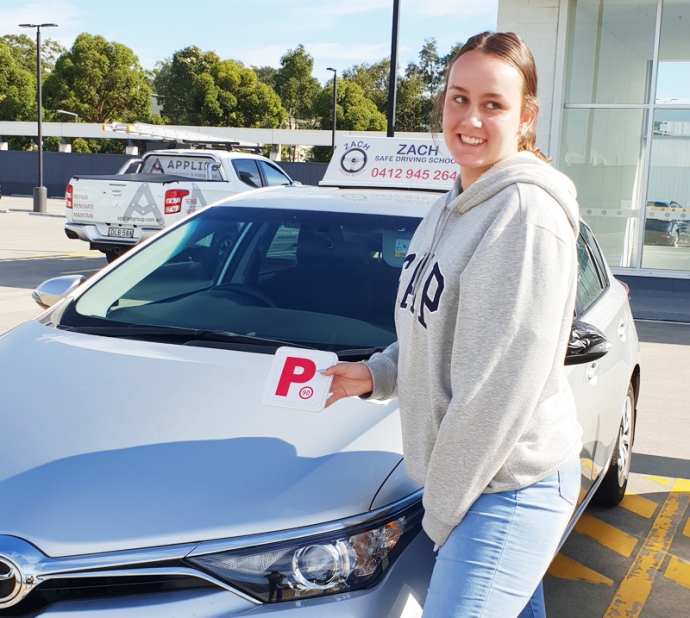When in Australia, you can find that the steering wheel is located on the right-hand side of the car, so the transmission gear and other instruments will feel reversed if you come from Europe or the U.S.A. where they have the steering wheel on the left-hand side. This will take some time in getting used to, though most Australian cars have automatic transmission opposed to manual gears.
It is our suggestion you look for an Affordable Driving School in Castle Hill or in any neighbourhood before you jump behind the wheels if you are new to Australia.
- Stay to the left: Accidents happen mostly on more isolated and windy roads where it’s easy to lose track of which side you’re driving on. A simple tip is to always remember that a driver sitting on the right-hand side, are:
a) always situated closest to the middle of the road, and
b) oncoming traffic passing on your driver’s side. - Koala Crossing signs: It is vital to be vigilant for Australian wildlife, particularly after sundown as many of the Australian native animals are nocturnal. Koalas, kangaroos, wallabies, emus and some bird life are more active in the early hours of the morning and in the evening when the temperature drops.
- Foreign licences: If you are an international visitor to the country, you can drive in Australia with your foreign licence for up to a span of three months, as long as the licence is in English. If your licence is not in English, you will need to attain an International Drivers Permit from your native country to use in Australia. If your foreign licence is missing your photo, carry formal photo identification with you such as a passport. If you intend to drive longer than 3 months in Australia, you will need to get a Drivers licence from the State in which you intend to do most of your driving. Many Driving School in Blacktown or other neighbourhoods can help you get a license.
- Stay left and pass on the right: When you are driving on multi-lane roads, highways and freeways in Australia, always keep to your left unless you want to overtake. Fines are attracted to cars violating this rule in most of the states.
- Service stations

Most of the Service Stations are all self-service. You will need to fill your car up with fuel and then go into the Service Station to pay for the fuel in person, unlike the United States or European gas stations where you are able to pay at the gas pump with just a credit card.
It is important to remember that Australia is a large land mass, and on isolated roads, you may not always have convenient access to a Service Station, particularly late in the night. On longer trips, you will need to be conservative and fuel your car early to avoid running out of fuel in isolation.

